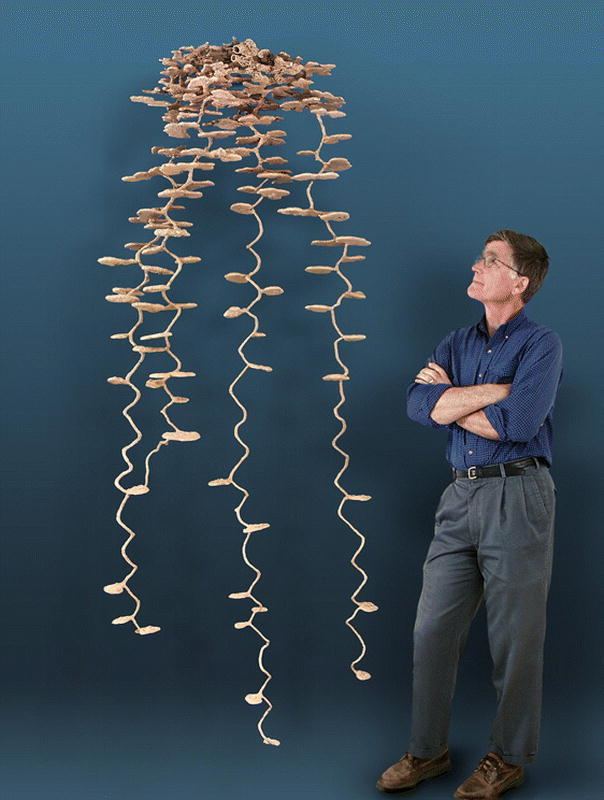 | ||
An ant colony, also called a formicary, is the basic family unit around which ants organize their lifecycle. Ant colonies are eusocial, and are very much like those found in other social Hymenoptera, though the various groups of these developed sociality independently through convergent evolution. The typical colony consists of one or more egg-laying queens, a large number of sterile females (workers, soldiers) and, seasonally, a large number of winged sexual males and females. Periodically, swarms of the winged sexuals (known as alates) depart the nest in great nuptial flights. The males die shortly thereafter, along with most of the females. A small percentage of the females survive to initiate new nests.
Contents
Names
The name "ant farm" is commonly given to ant nests that are kept in formicariums; these formicariums are formed so scientists can study by rearing or temporarily maintaining them. Another name is "formicary", which derives from the Medieval Latin word formīcārium. The word also derives from formica. The name "anthill" applies to colonies which form a large pile of sand or soil that creates the upper portion of the nest.
Supercolonies
Until 2000, the largest known ant supercolony was on the Ishikari coast of Hokkaidō, Japan. The colony was estimated to contain 306 million worker ants and one million queen ants living in 45,000 nests interconnected by underground passages over an area of 2.7 km2 (670 acres). In 2000, an enormous supercolony of Argentine ants was found in Southern Europe (report published in 2002). Of 33 ant populations tested along the 6,004-kilometre (3,731 mi) stretch along the Mediterranean and Atlantic coasts in Southern Europe, 30 belonged to one supercolony with estimated millions of nests and billions of workers, interspersed with three populations of another supercolony. The researchers claim that this case of unicoloniality cannot be explained by loss of their genetic diversity due to the genetic bottleneck of the imported ants. In 2009, it was demonstrated that the largest Japanese, Californian and European Argentine ant supercolonies were in fact part of a single global "megacolony".
Another supercolony, measuring approximately 100 km (62 mi) wide, was found beneath Melbourne, Australia in 2004.
Organizational terminology
The following terminology is commonly used among myrmecologists to describe the behaviours demonstrated by ants when founding and organizing colonies:
Excavation
Ant hill art is a growing collecting hobby. It involves pouring molten metal (typically non-toxic zinc or aluminum), plaster or cement down an ant colony mound acting as a mold and upon hardening, one excavates the resulting structure. In some cases this involves a great deal of digging. The casts are often used for research and education purposes but many are simply given or sold to natural history museums or sold as folk art or as souvenirs. Usually the hills are chosen after the ants have abandoned as to not kill any ants; however in the Southeast United States, pouring into an active colony of invasive fire ants is a novel way to eliminate them.
Ant-hills
An ant-hill, in its simplest form, is a pile of earth, sand, pine needles, or clay or a composite of these and other materials that build up at the entrances of the subterranean dwellings of ant colonies as they are excavated. A colony is built and maintained by legions of worker ants, who carry tiny bits of dirt and pebbles in their mandibles and deposit them near the exit of the colony. They normally deposit the dirt or vegetation at the top of the hill to prevent it from sliding back into the colony, but in some species they actively sculpt the materials into specific shapes, and may create nest chambers within the mound.
